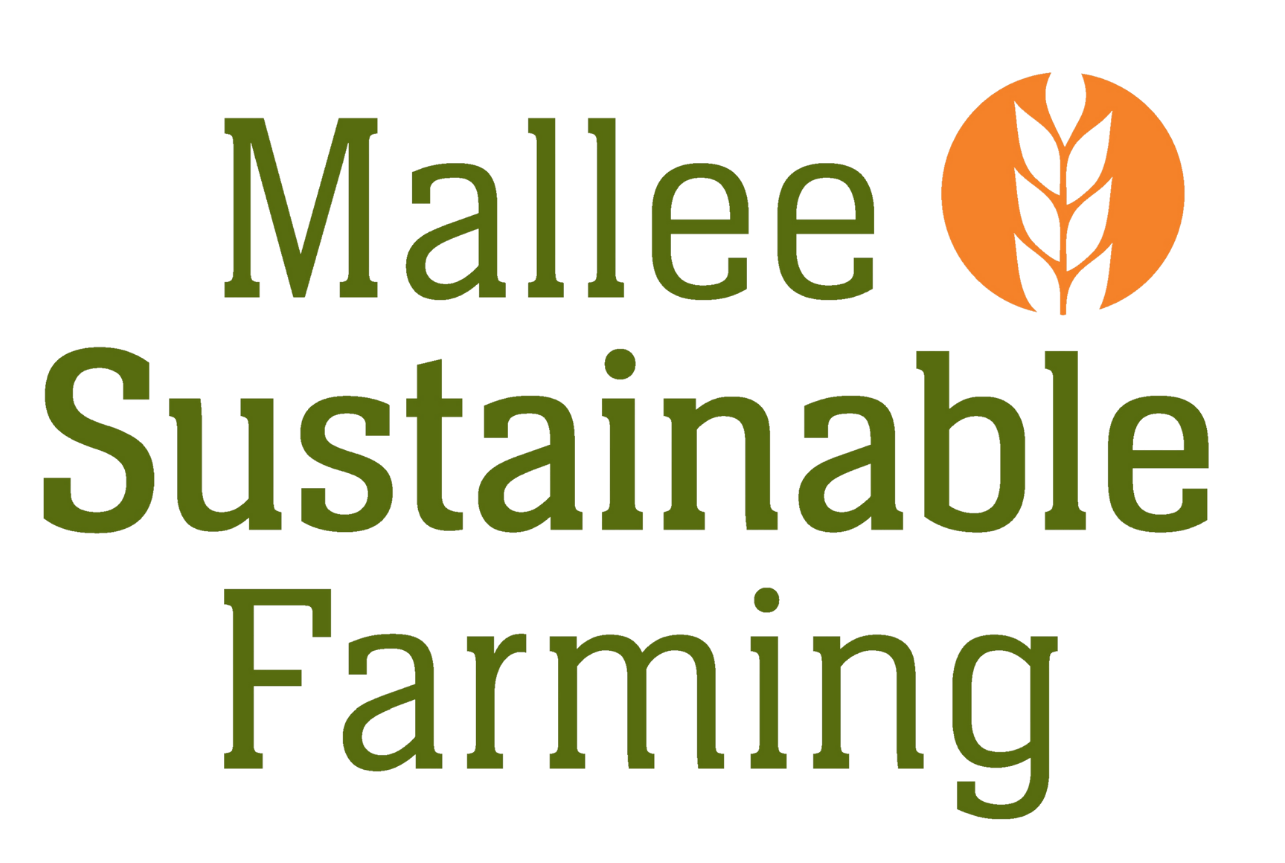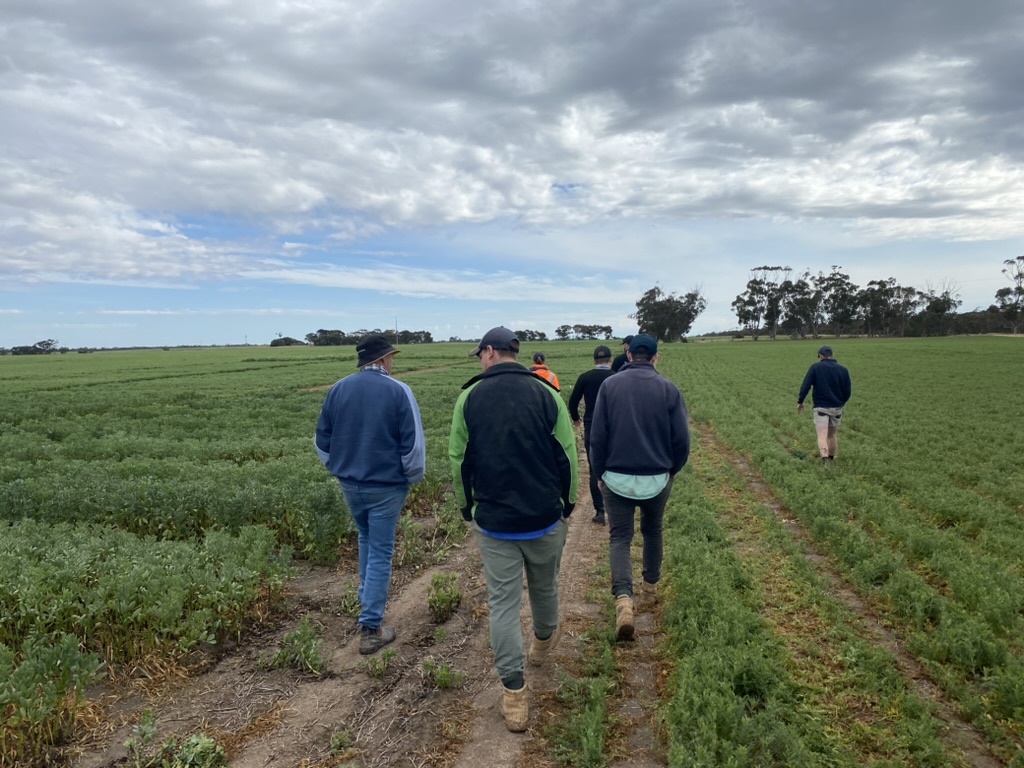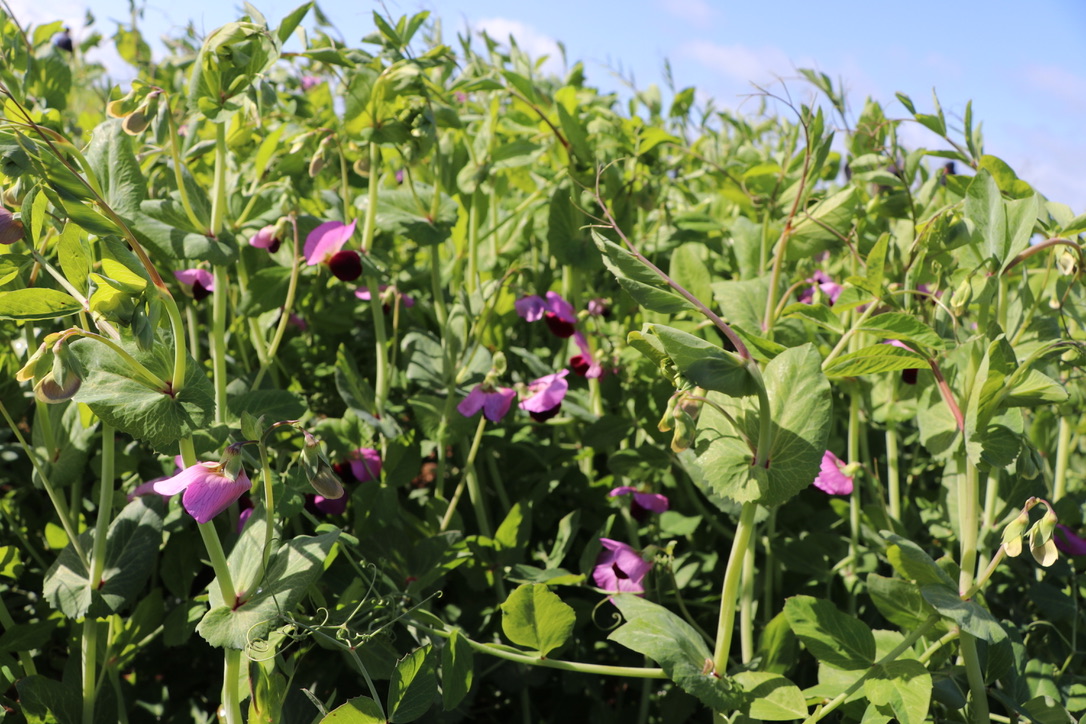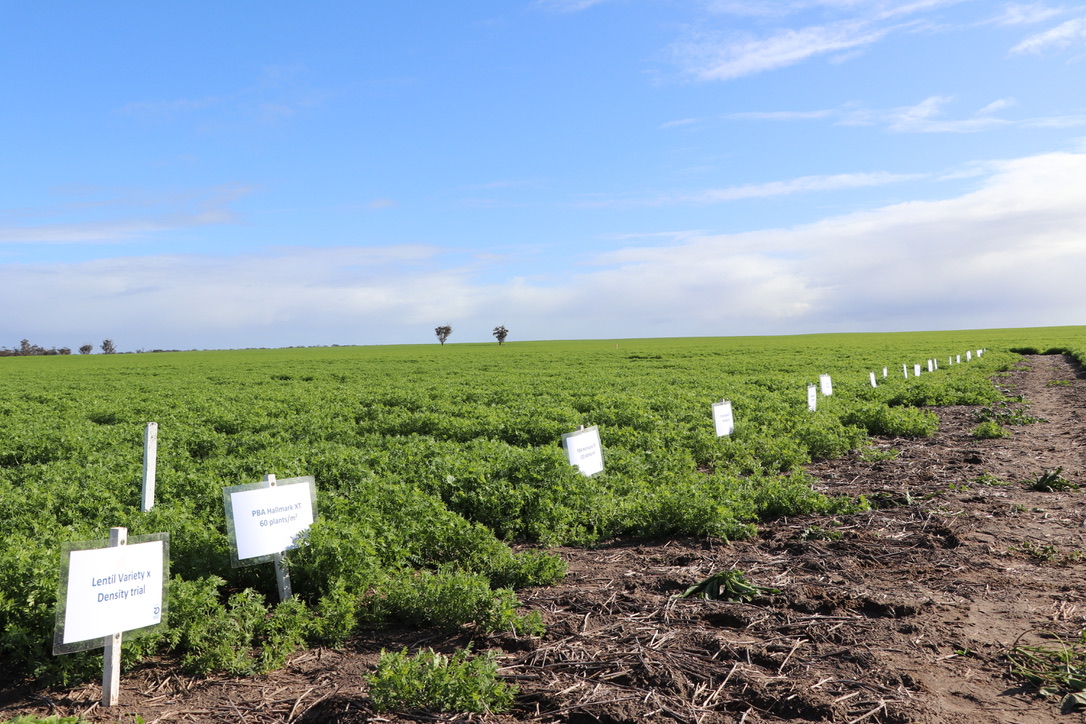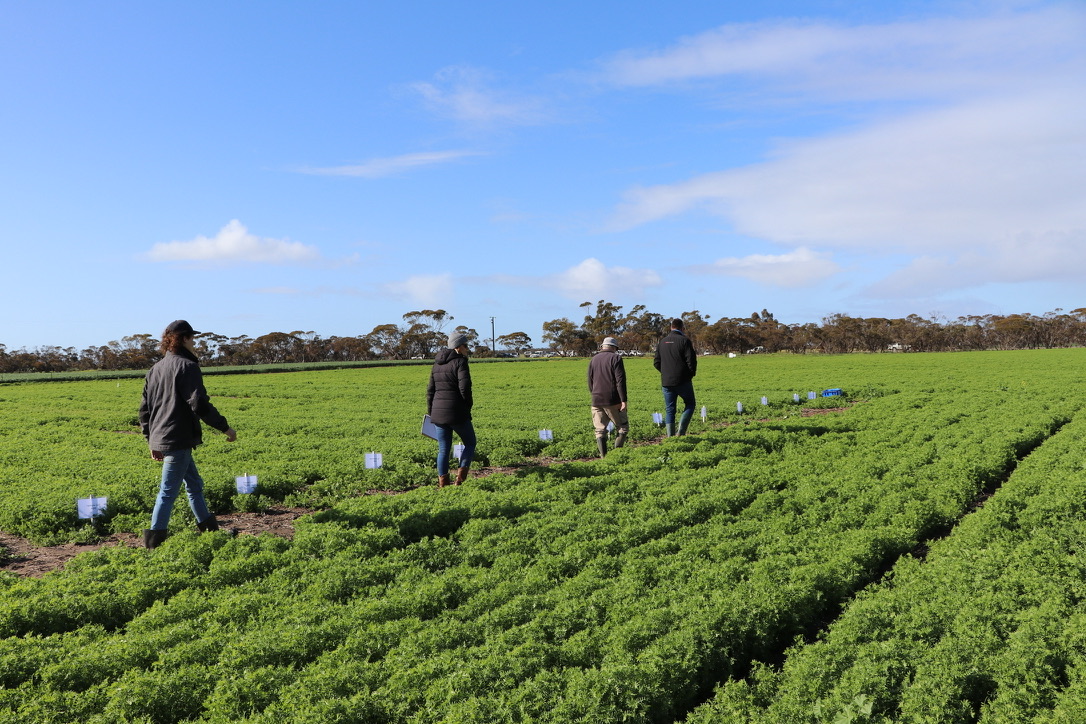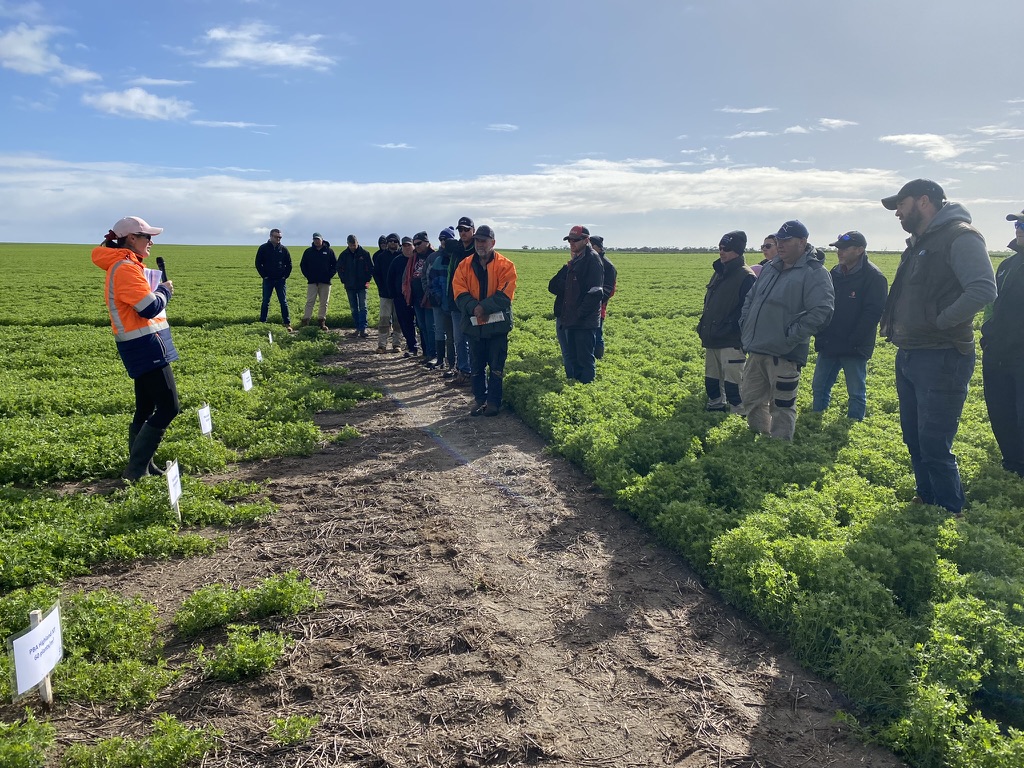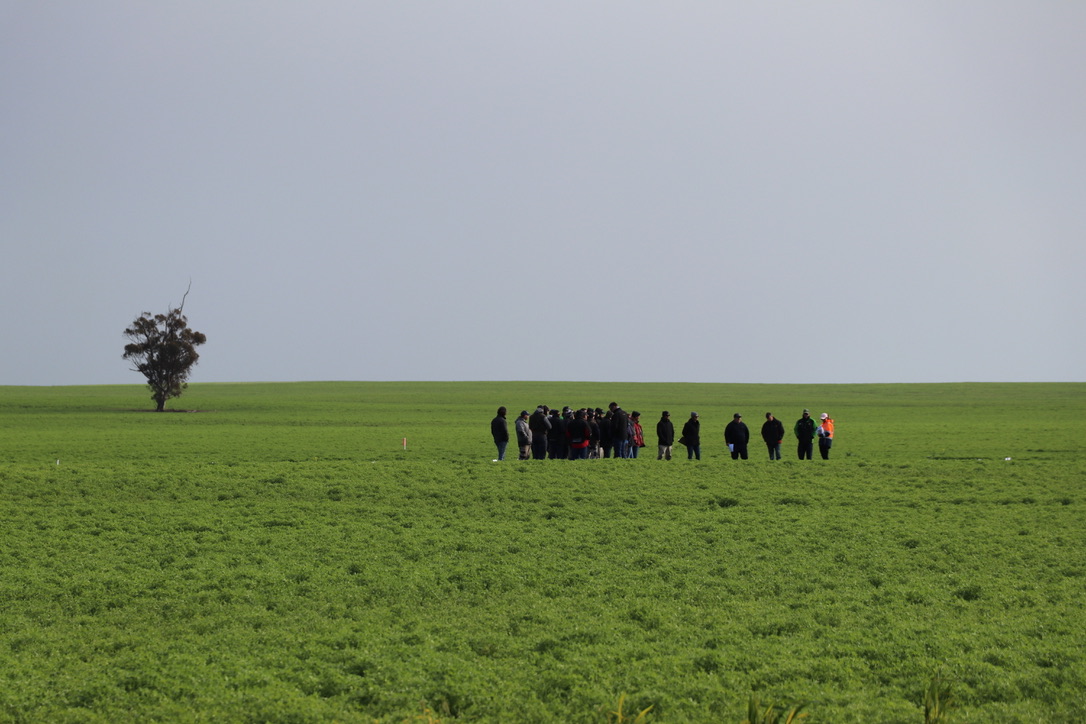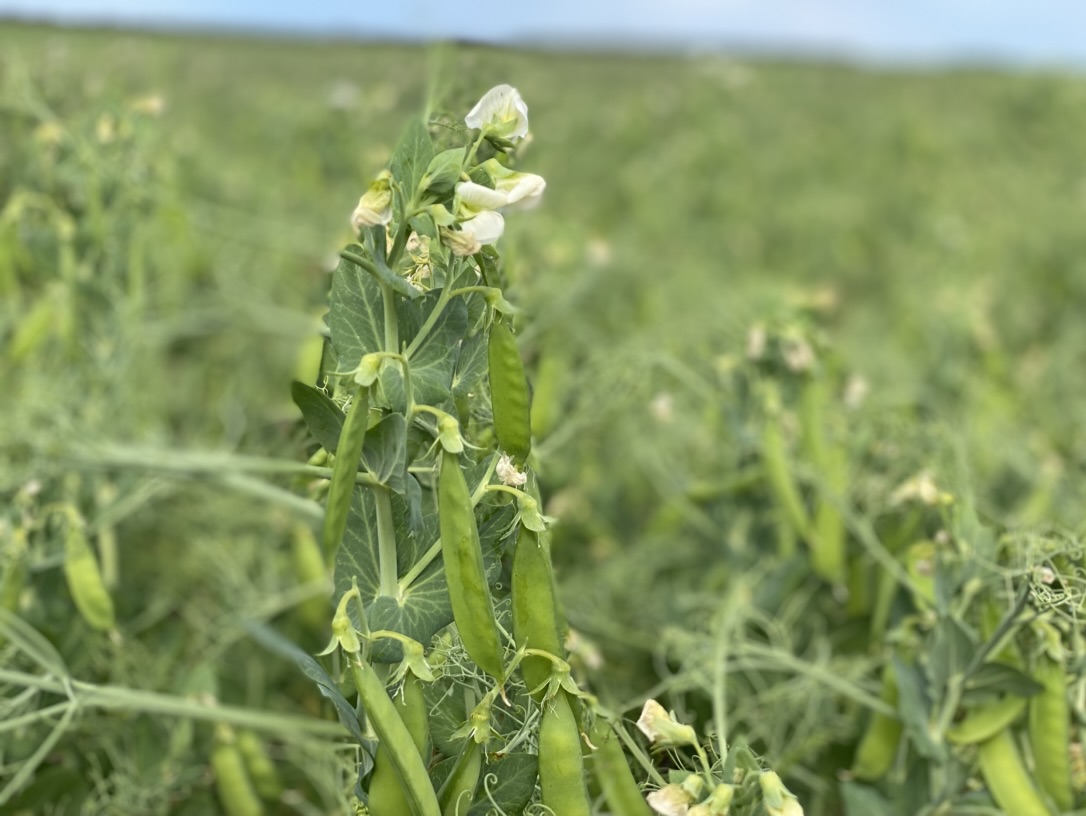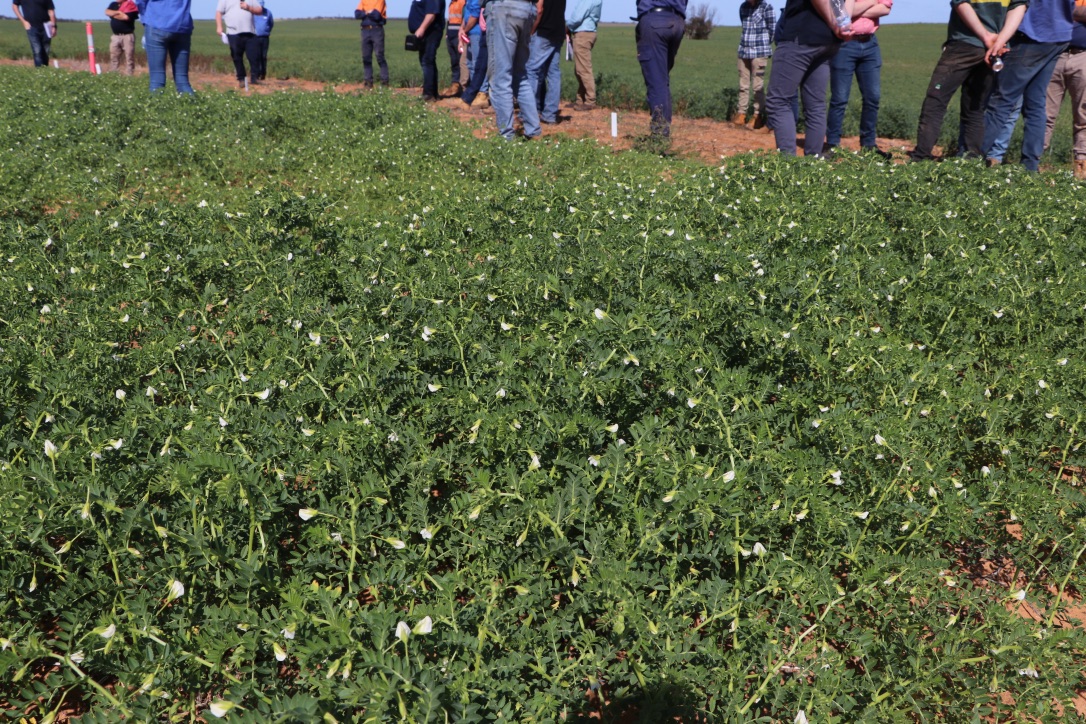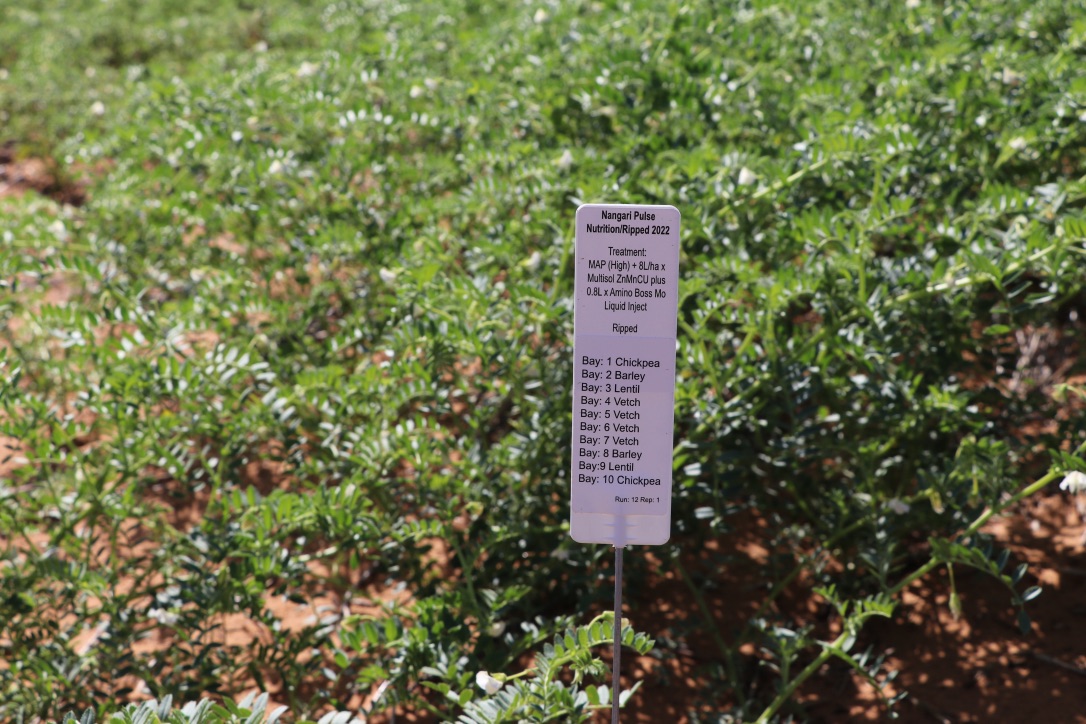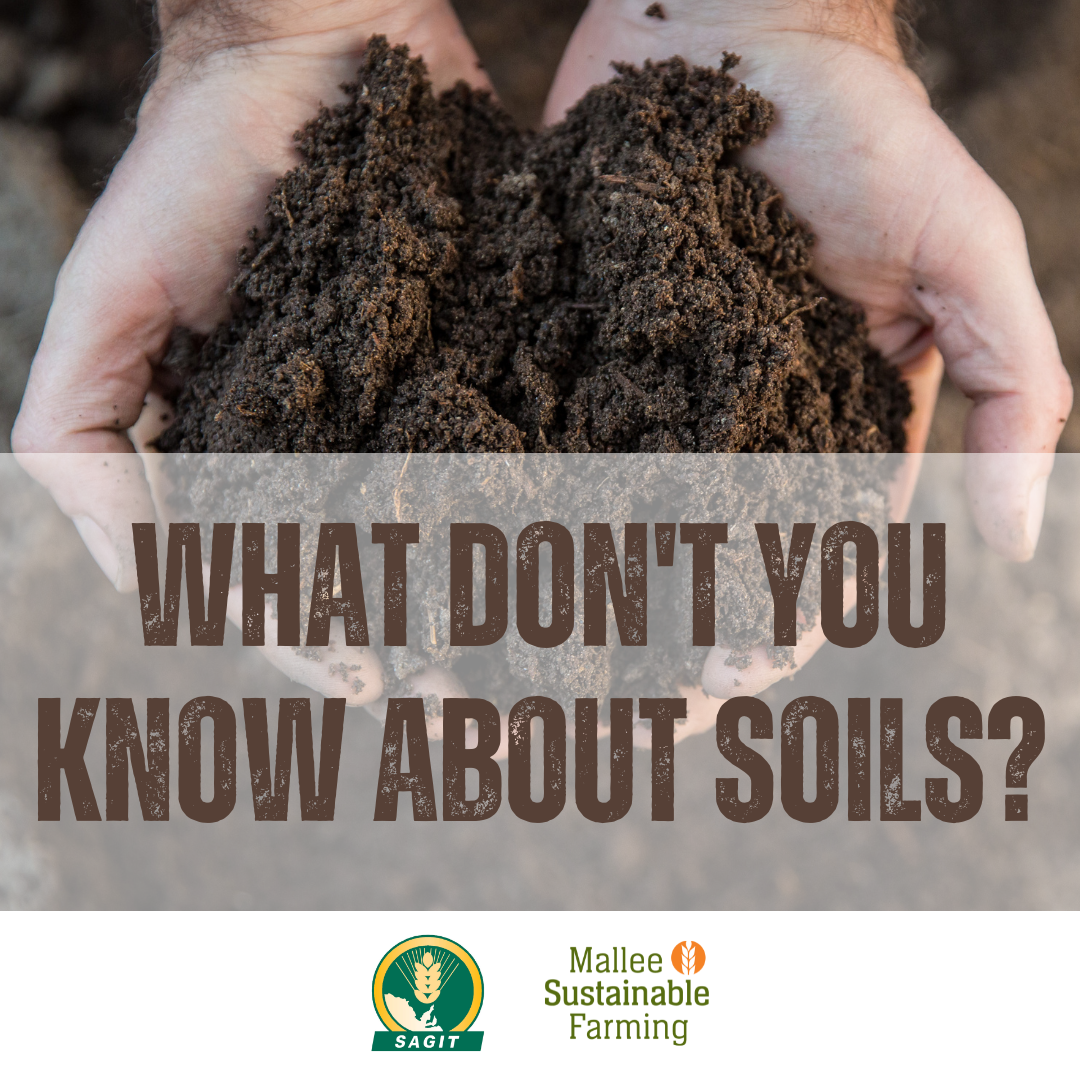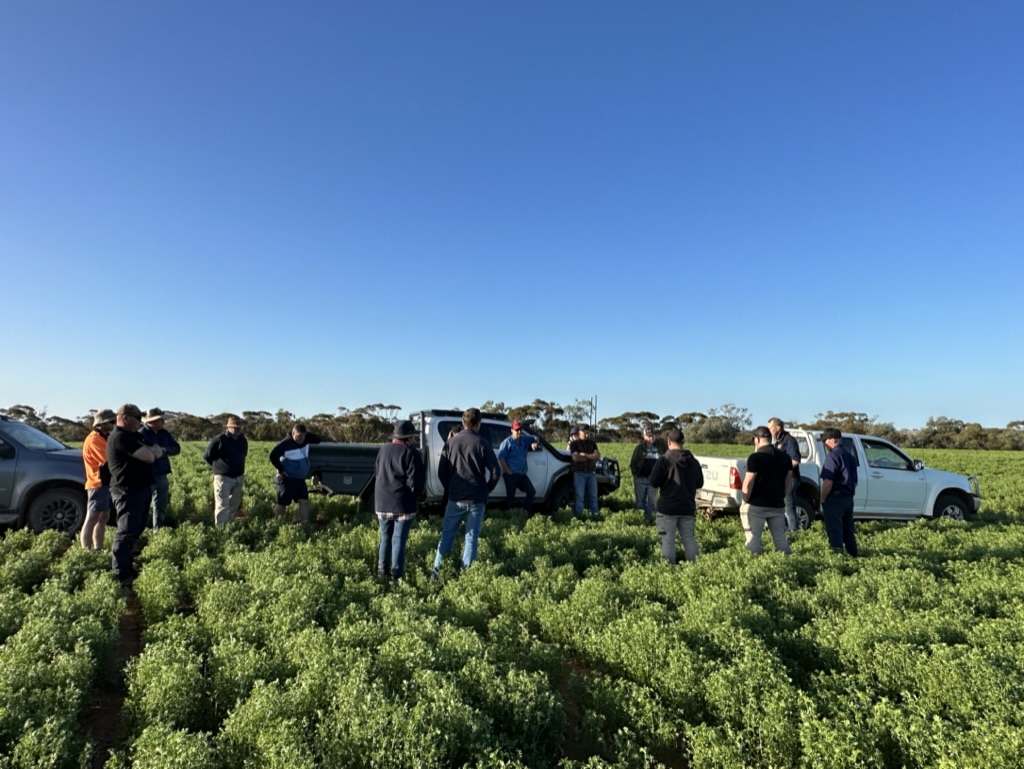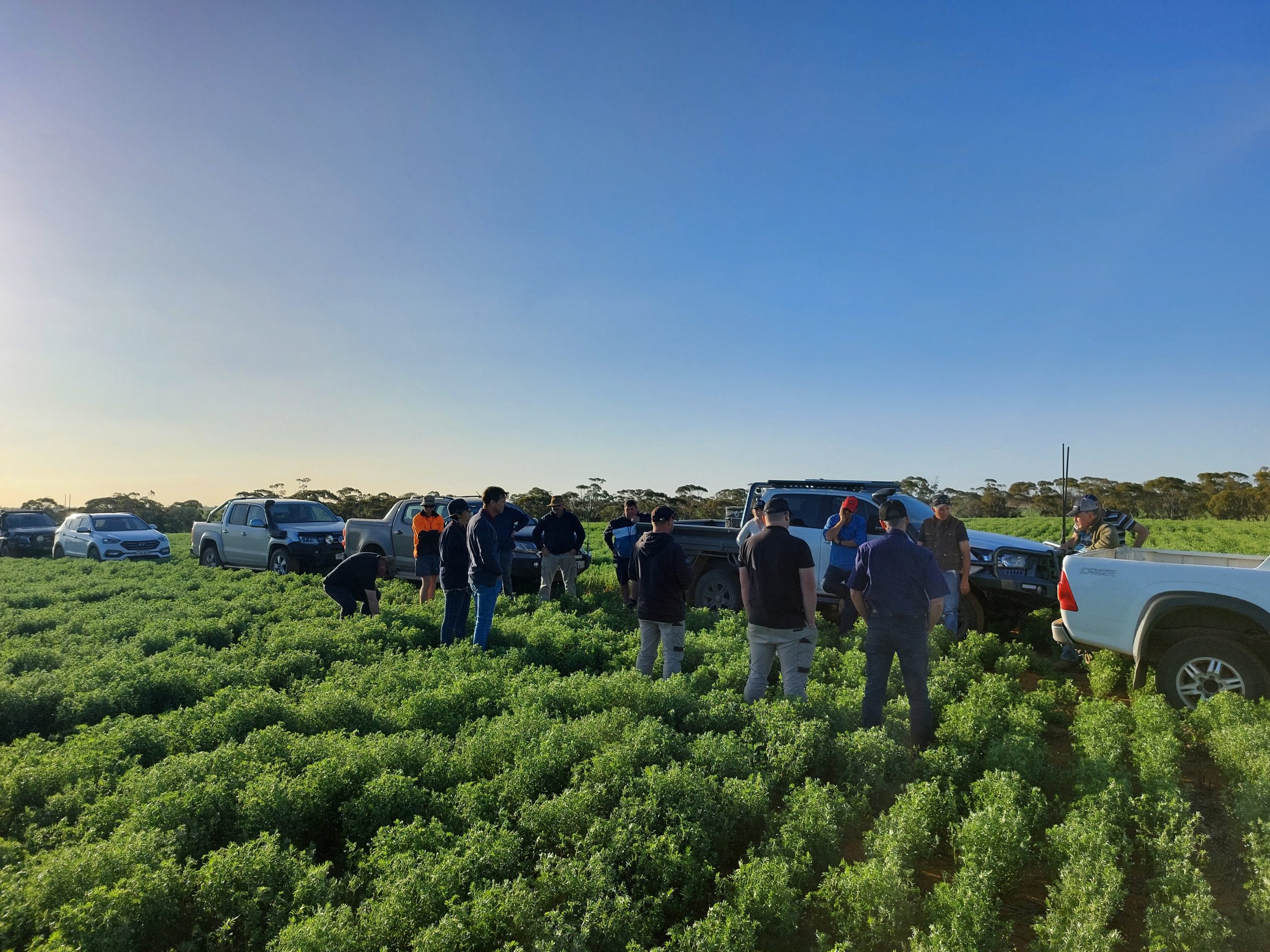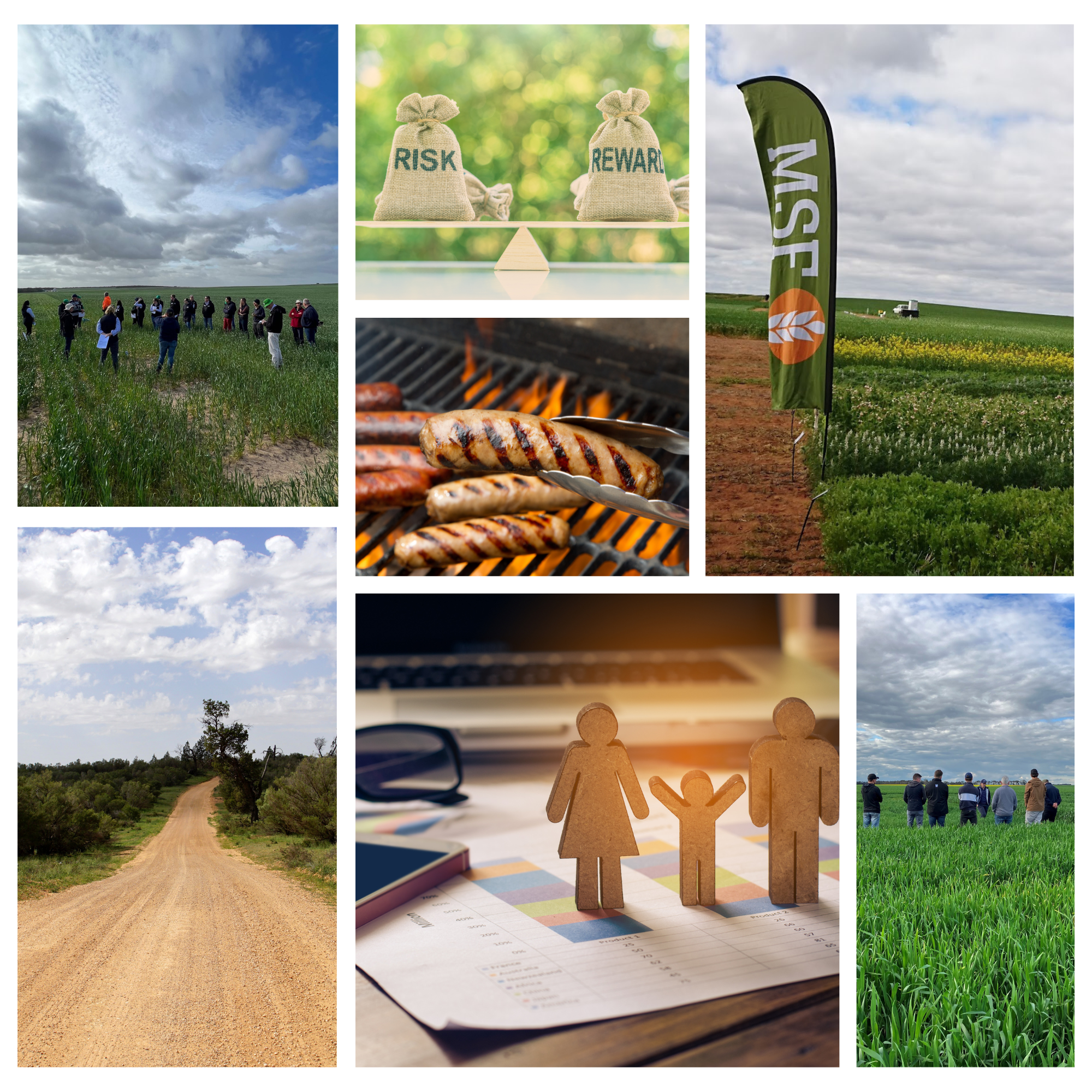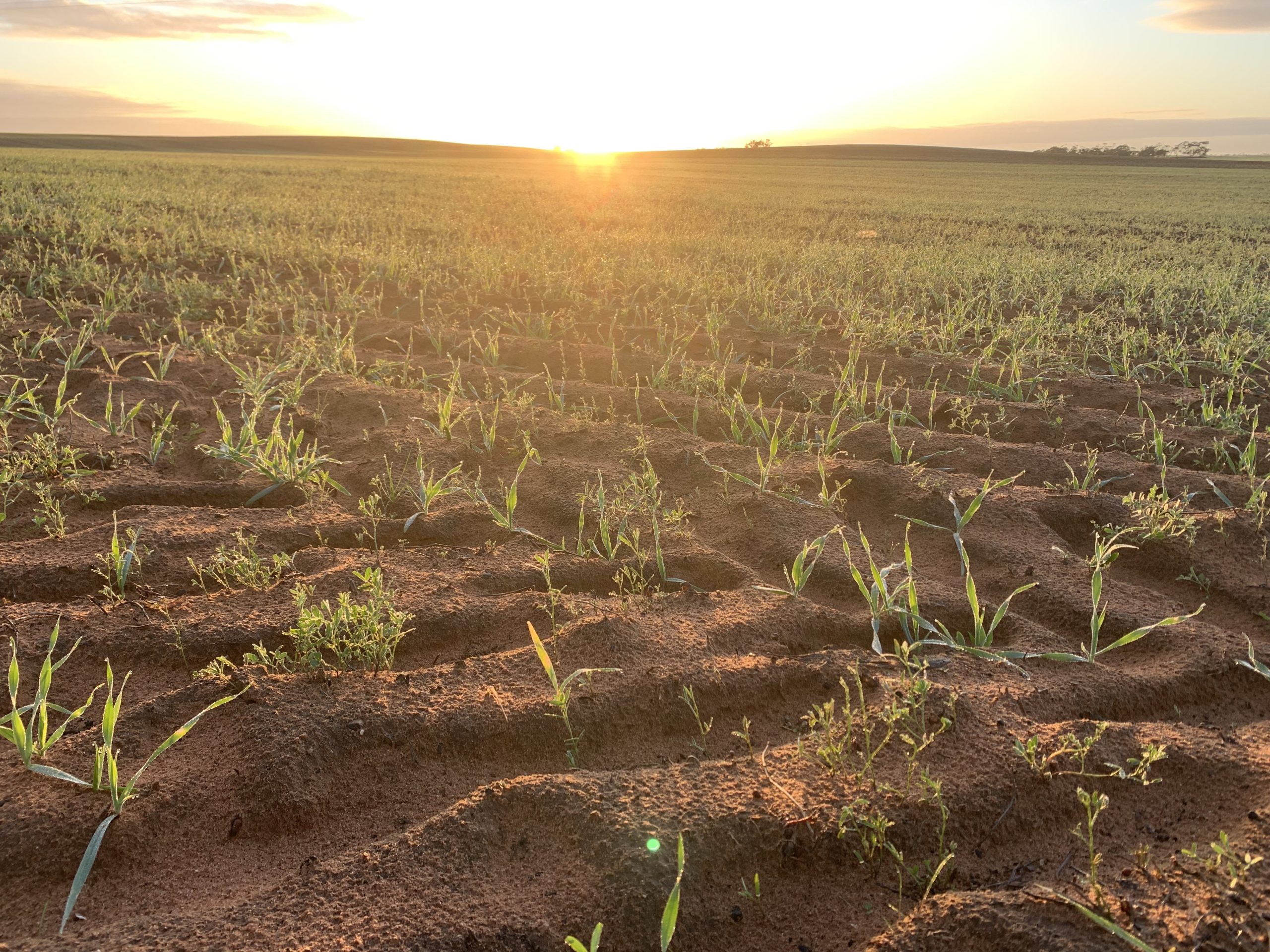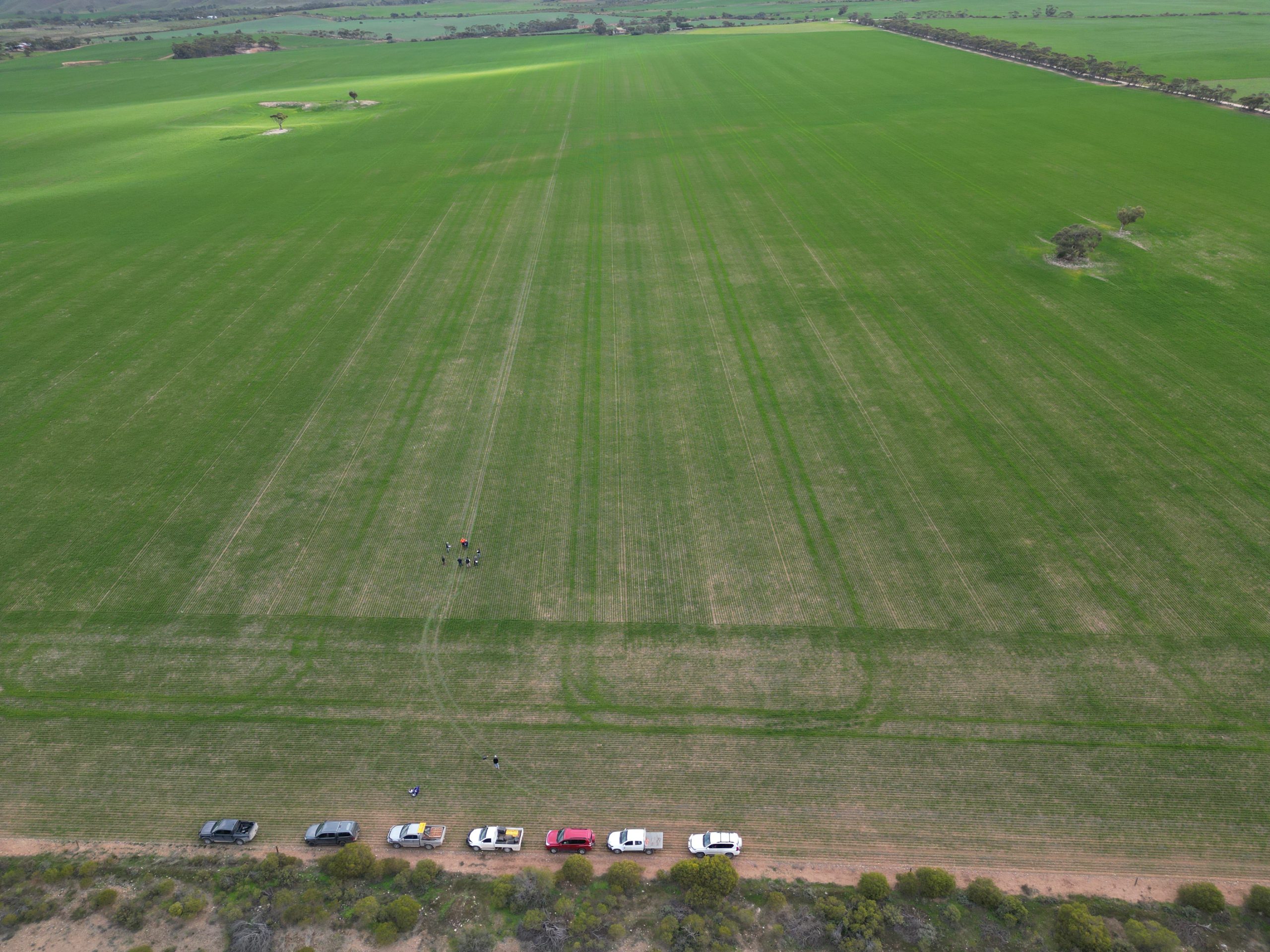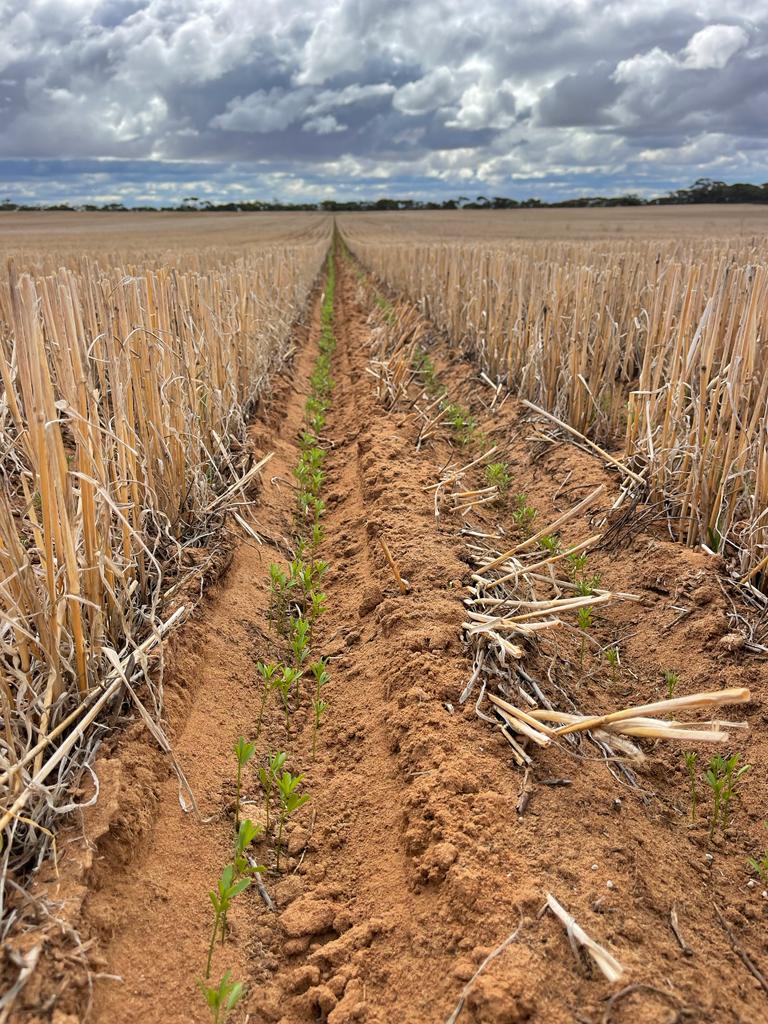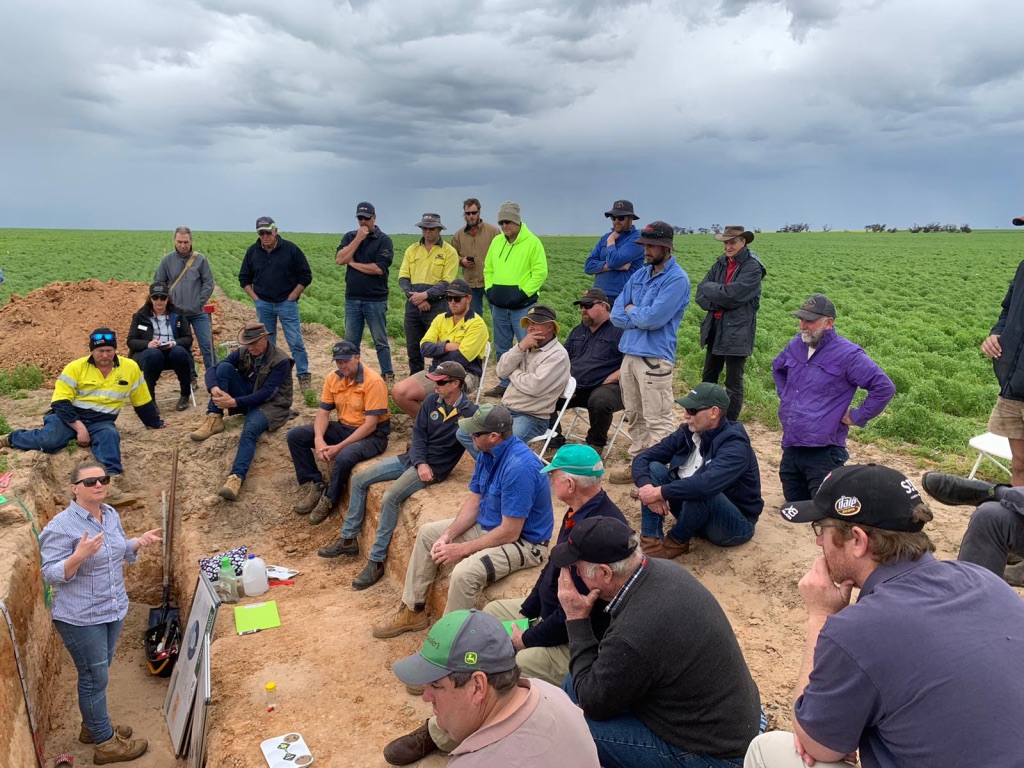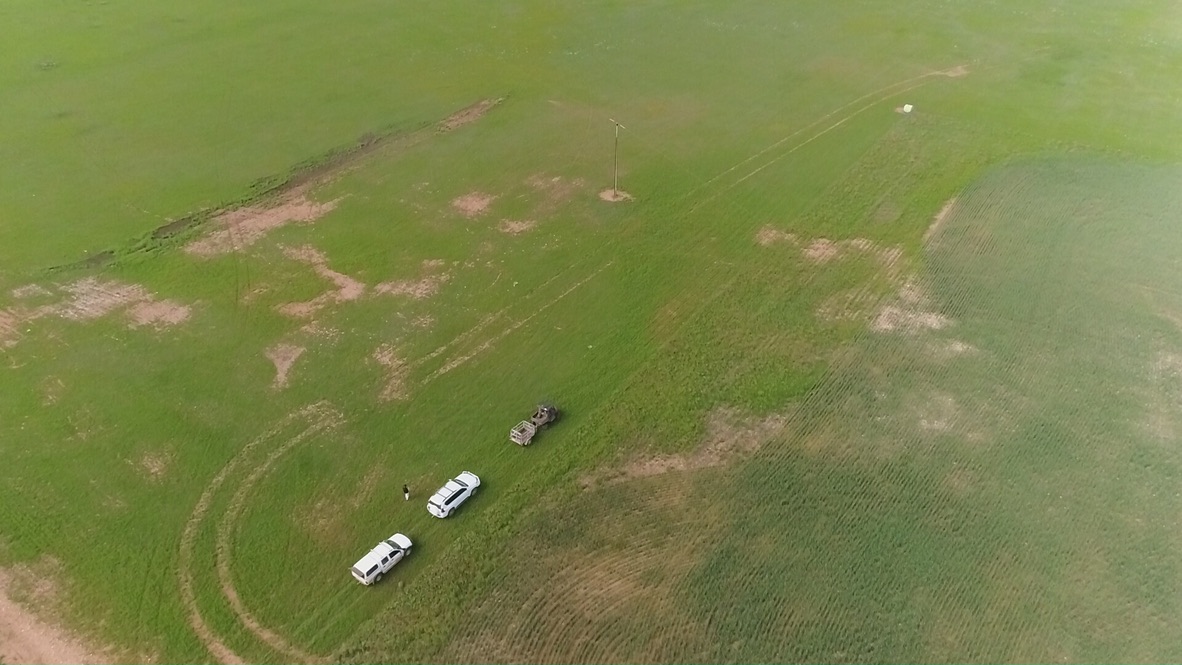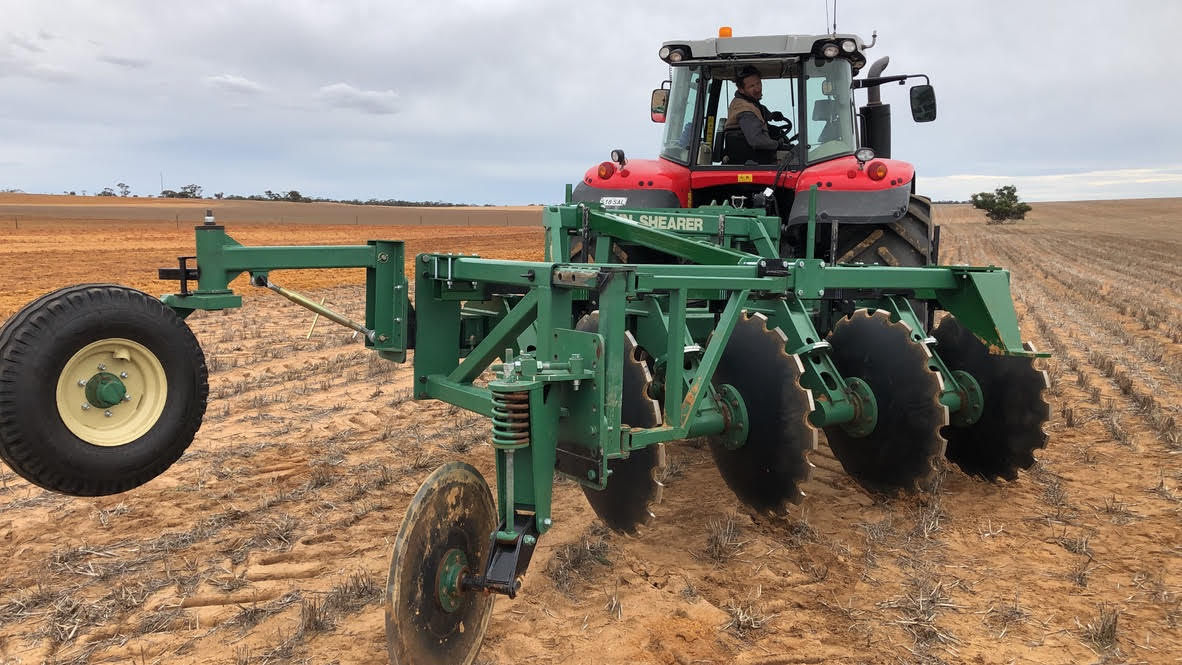Grain legume production in South Australia
The incorporation of grain legumes into cropping systems is essential for sustainability.
Key objectives
Incorporate grain legumes into cropping systems
Provide growers with optimized agronomic practices through GRDC-backed research
Achieve a target where 45% of growers are adopting or planning to adopt these new techniques
About the project
A new project with investment from the Grains Research and Development Corporation (GRDC) is working towards closing the yield gap in these crops by providing growers with the best agronomic practices. By adopting these practices, growers have the potential to increase their profitability and ultimately expand the area of land used for growing grain legumes.
The project hopes to see 45% of growers adopting or planning to adopt these new techniques, which will be developed from innovative research across South Australia.
Incorporate grain legumes into cropping systems to promote sustainable agricultural practices and improve soil health.
Provide growers with optimized agronomic practices through GRDC-backed research, aiming to close the yield gap in grain legumes and boost profitability.
Achieve a target where 45% of growers are adopting or planning to adopt these new techniques, thereby increasing the cultivation area dedicated to grain legumes across South Australia.

Adopting the ‘Hub and Spoke’ research model
Hub-and-Spoke Trials
Hub-and-Spoke Trials
To effectively deliver validation and demonstration trials across the state, a hub and spoke model has been adopted.
Three major validation sites (hubs) and ten on-farm demonstration (spoke) sites have now been established.
The hub sites will focus on a combination of sub-regional grower-driven development and extension priorities, and the extension of new research learnings from aligned projects. This will be achieved through a series of fully replicated trial designs.
On the other hand, the spoke sites will focus on-farm with one to two simple trials at each site. These may include full-scale strip trials and/or small demonstration plot trials. The priorities for these trials will be driven by local growers and will be consistent with the trial areas’ scopes.
Knowledge
Why the Hub and Spoke Model Matters
The hub and spoke model is designed to improve the effectiveness of validation and demonstration trials across South Australia. With the establishment of three major validation sites and ten demonstration sites, the focus is on meeting the unique needs of growers in different regions.
This means that instead of a one-size-fits-all approach, validation trials can be tailored to meet the unique needs of specific regions. The spoke sites, in particular, allow growers to test out new ideas and technologies and share their experiences with others in the community.

Hub Sites
TOOLIGIE
- HART
- LOXTON
Spoke Sites
- Pinnaroo
Riverton
Melrose
- Lameroo
Coomandook
- Kimba
Millicent
- Kulpura/Bute
- Cummins
- Mt Hope
Research & Extension Team


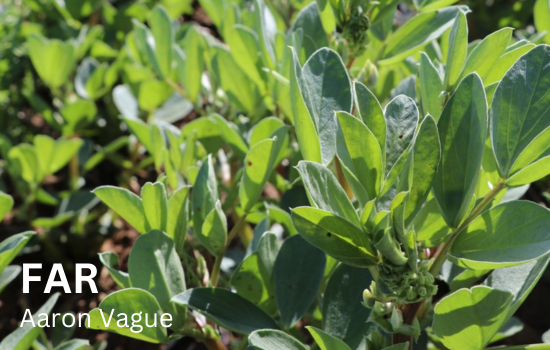








Videos
Resources

Weeds

Nutrition

Disease

Agronomy

Acknowledgments

“Development and extension to close to the economic yield gap and maximise farming systems benefits from grain legume production in South Australia”
Project code – UOA2105-013RTX
Working together with farmers
Other MSF Projects
Our project, '101 Questions About SA Cropping Soils,' will boost farmer knowledge through easy-to-access e-publication and targeted social media Q&As.
This project funds Mallee farmers to combat wind erosion by enhancing groundcover on vulnerable soils.
Development and extension to close the economic yield gap and maximise farming systems benefits from grain legume production in South Australia.
A holistic approach to seep management for preventing land degradation in the landscape.
Strengthening Mallee Farmers and Communities for Sustainable Futures and Enhanced Resilience.
Empowering Mallee's youth to share and celebrate their stories of resilience and community through captivating social media reels
Enhancing sustainable agriculture through innovative carbon farming practices across South Australia’s Murray Mallee
We can see that harvest is on the horizon but we are not quite there yet. So what could possibly go wrong
Supporting farmers across the Mallee to make better decisions GRDC National Risk Management Initiative (RiskWi$e)
Demonstrate how farmers can manage their own investigation of nutrition requirements when setting up VRT soil zones and fertiliser recommendations
Enhancing drought resilience and groundcover management in low-rainfall farming.
Improving Sandy Soil Management for Farmers
This project will demonstrate farmer ready management practices that break the cycle of saline land degradation exacerbated by very dry or drought conditions
MSF with the support of Australian Wool Innovation (AWI) is on a mission to close the knowledge gap around feed and nutrition in low rainfall zones.
Maximising soil amelioration efficiency and profitability in South Australian Mallee
A holistic approach to seep management for preventing land degradation in the landscape.
Demonstrating and validating the implementation of integrated weed management strategies to control barley grass in low rainfall farming systems.
Improving the production of legume crops on sandy soils to improve ground cover and reduce erosion risk
Exploring nitrogen strategies to boost crop yields in NSW Mallee region
Area wide management for cropping systems weeds, investigating the weed management, social and economic opportunity.
This project has delivered a state-of-the-art network of 30 weather stations, to the Riverland and Mallee, designed to observe localised meteorological phenomena.
This MSF led project has delivered a high work rate plough prototype in collaboration with UniSA Research Engineers and John Shearer.
Deep ripping to enhance production on Mallee Sandy Soils
